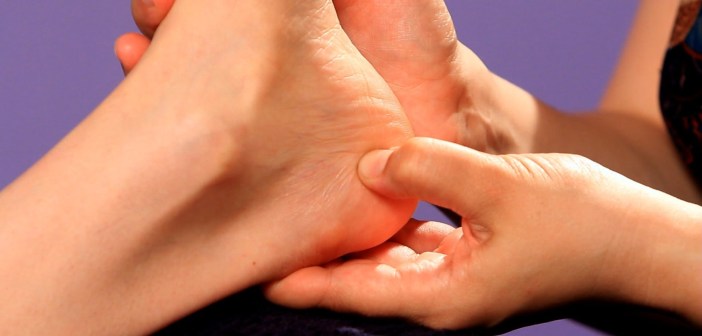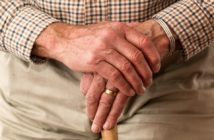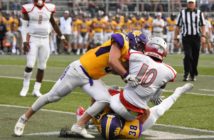There are dozens of techniques for personal health and well-being. The action of doing physical therapy at home is one of the best ways to speed the recovery after a surgery, injury or practically any other discomfort. Consistent exercise in the form of pressing pressure points and stretching can help support the integrity of the muscles and fascia. By learning a few simple tricks toward recovery, you can enhance your comfort, increase mobility and regain flexibility.
Fascia
The fascia is the bodies largest organ. It is the connective tissue that encompasses every single muscle and sheaths every organ. It resembles elastic in the way it can stretch and harden into place. This is generally beneficial, except when it gets stuck in an immobile, painful place. This happens through injury, repetitive stress or poor posture. With this in mind, the goal of any physical therapy is to “re-mold” the fascia back into the correct place with consistent and proper exercise.
Pressure Points and Trigger Points
In Eastern medical practices, pressure points are spots found superficially around the body that can be stimulated for a therapeutic effect. In Western terms, many of these pressure points correlate with trigger points. These are bundles of nerve fibers that, when pressed, can feel sensitive to the touch. This stimulation can bring a slew of physiological responses, such as increasing blood movement, promoting nerve function and manipulating the fascia.
Pressure points are indispensable to anyone participating in physical therapy. Performance Rehabilitation says, “Simply by pressing with your fingers on a specific spot, usually for 3 to 5 seconds at a time, you can ease pain and promote better mobility and flexibility. This can be done anywhere at any time of the day or night. Using pressure points in conjunction with proper stretching can sustain the therapeutic effect.”
Hand, Wrist, and Arm
“Union Valley” is the name of the pressure point found on either hand in the soft tissue between the thumb and the index finger. Simply use your opposite thumb and index finger to squeeze and massage this area on your hand. This point, technically called Large Intestine #4, is particularly good for loosening tight muscles in the hand, wrist and arm. It helps to promote relaxation and relieve chronic pain, especially pain associated with stiffness and arthritis.
Now, stretch your arm out in front of you and gently pull your four fingers upwards and toward you with your opposite hand for about 5 to 10 seconds. This should stretch everything from your fingers and hand to your wrist and forearm. Next, rotate your hand clockwise and then counter-clockwise for 10 seconds.
Foot, Ankle, and Leg
Another easy pressure point to find is in the middle depression in the sole of either foot, about ¼ of the way down from the toes. This is “Gushing Spring,” or Kidney #1. By pressing hard with the thumb, this point helps alleviate hypertension in the foot and leg. It is also helpful for increasing circulation to the extremities of the feet.
Now, in a sitting position, stretch your leg forward in front of you and gently pull your foot back with both hands for about 10 seconds. Next, rotate your foot clockwise and counter-clockwise for 10 seconds each.
Consistency is the most important element with physical therapy. It is crucial to stay active and mobile, for the fascia responds to this daily stimuli and responds accordingly. Simply put, if you are immobile, the fascia will sink into an inflexible state. If you are active, the fascia will stay limber and flexible. Learning pressure points is a sure-fire and easy way to influence the fascia, and therefore your health, for the better.
References:
University of Minnesota; Shiatsu; takingcharge.csh.umn.edu; accessed June 3, 2015
National Association of Trigger Point Therapists; Myofascial Trigger Point Therapy – What Is It?; myofascialtherapy.org; accessed June 3, 2015




